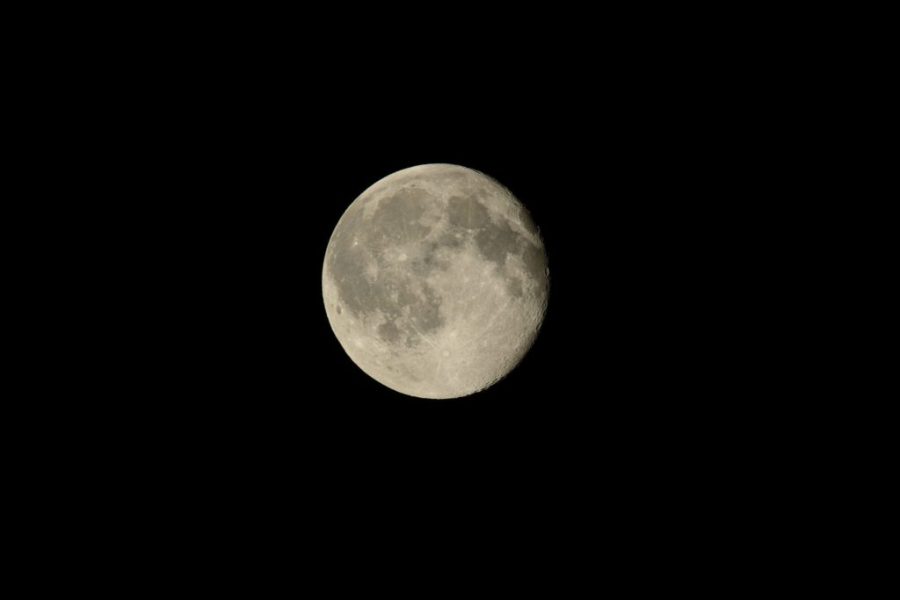The moon has always been an object of fascination for humans and has long been explored in science, literature, and art. Whether you’re an astronomer, a romantic, or just enjoy looking at the night sky, make sure you look up tonight and tomorrow. The anticipated “super moon” will be the biggest, brightest, and closest to earth than it has been since 1948. The next time the moon comes this close to Earth will be November of 2034.
A super moon is when the moon is full as it makes its closest pass to Earth. The point at which the moon is closest to Earth is known as perigee. At perigee, the moon can be as much as 14 percent closer to Earth than when the moon is farthest from it, according to NASA. The full moon will appear larger in diameter and because it is larger, shines approximately 30 percent more moonlight onto the Earth. That’s a lot of extra moonlight. As a bonus to an already spectacular astronomical evening, if you’re lucky, you may be able to see the Geminid meteor shower dotting the night sky.
If you’re wondering when and where to catch a front row seat of the cosmos, here’s what you need to know: the moon will be at its fullest at 6:52 am MST (Mountain Standard Time). So get up early, or stay up late, to see the moon in all its glory. Here are some of the best spots to take advantage of the lunar views this Monday.
Emigration Canyon —
Emigration Canyon has many great pull-out spots along the road so you can observe the night sky. Just a few miles up the canyon and you are above the haze and light pollution from the valley. If you have a telescope, it will be a great place to set up. Remember to bring a blanket and warm clothing as it can get chilly at night in the canyon.
Big or Little Cottonwood Canyon —
Drive up the canyons and park near one of the ski resorts to really escape light glow from the city. The air is cooler and crisper, making it easier to see astronomical phenomena. Plus, the backdrop of the mountains is incredible for photos or simply viewing.
Antelope Island —
About a two-hour drive from Salt Lake City, Antelope Island State Park offers the ability to camp overnight, allowing for uninterrupted viewing time. The Ogden Astronomical Society also hosts star parties regularly. Check their website here for more information on any upcoming events.
Photo by Kiffer Creveling


